History of Robotics #1 - What we can Learn from The Father of Robotics
Sometimes, the most important part of building new technology is how you sell it. Without the right name, packaging, and publicity, the first modern robot might have never been built.
In 1954, inventor George Devol patented the design for a mechanical arm that he called a "programmed article transfer." Like many things engineers name, it literally described the device's function - it was a programmable device that could transfer articles (things) from one place to another. Also, like many things engineers name, it was completely unappealing.
Then, in 1957, Devol met businessman Joseph Engelberger. As the director of Consolidated Controls Corporation, a subsidiary of Condec, Engelberger turned Devol's idea into reality.
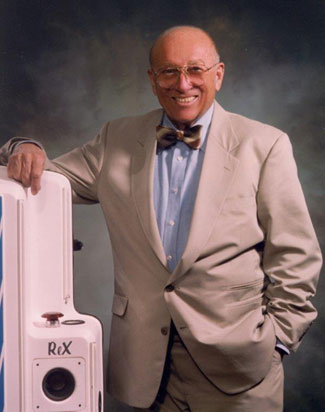
First, he called Devol's device a robot, after the term that Isaac Asimov, famed science fiction writer, had coined in the 1940s. Second, to reduce people's fears about the robot, he declared that they would follow Asimov's Three Laws of Robotics:
- A robot may not injure a human being or, through inaction, allow a human being to come to harm.
- A robot must obey the orders given it by human beings except where such orders would conflict with the First Law.
- A robot must protect its own existence as long as such protection does not conflict with the First or Second Laws While it may seem odd for a business leader to depend so heavily on a science-fiction writer, it made the invention more understandable and acceptable to the public.
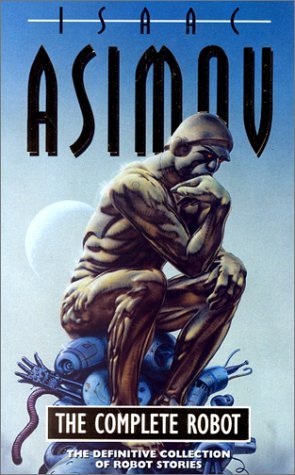
The initial prototype of the robot, named Unimate was deployed in 1959. At a weight of 3000 pounds and at a size of nearly 5 feet by 13 feet, the robot arm was enormous and intimidating. With a cost of $35,000 ($200,000 in 2023), the device could have been dismissed as far more expensive than a human worker. Engelberger, however, sold the robot as working on tasks that endanger humans. Its first job was to work on a General Motors assembly line, doing die casting - creating custom objects by pouring molten metal into dies. Instead of threatening their jobs, the plant workers were grateful to offload the jobs they did not want to do.
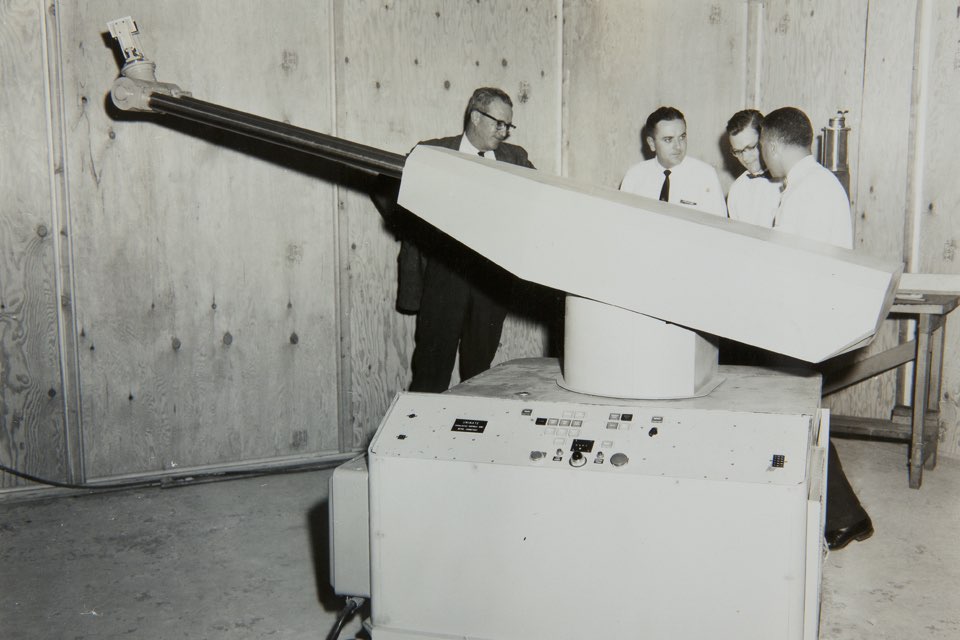
By the time the Unimate was put into full production in 1961, it was called the Unimate 1900 because it made the robot sound advanced and tested. In addition to being deployed in multiple GM factories, Engelberger showed it off at trade shows across the country. Since it had enough memory to be programmed for hundreds of steps, Unimate 1900 was not limited to die casting. In a brilliant move, the Unimate was put on Johnny Carson's Tonight Show in 1966. During the show, the robot hit a golf ball into a cup, opened a beer, and conducted the Tonight Show band. While the robot was never going to do any of those things in factories, people fell in love with the concept of the robot, instead of fearing it.
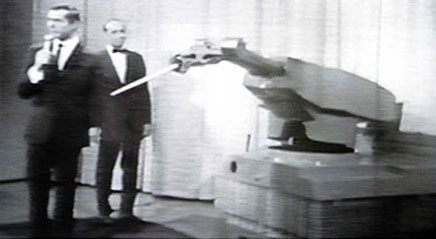
By 1969, Engelberger started Unimation, a Condec subsidiary, and the Unimate was put into mass production. After almost a decade of using the Unimate for die casting, GM used it for spot welding. Within months, the automated production lines had doubled the speed of making cars to over 110 cars/hour. Soon after, the other car manufacturers started to deploy Unimate, as well.
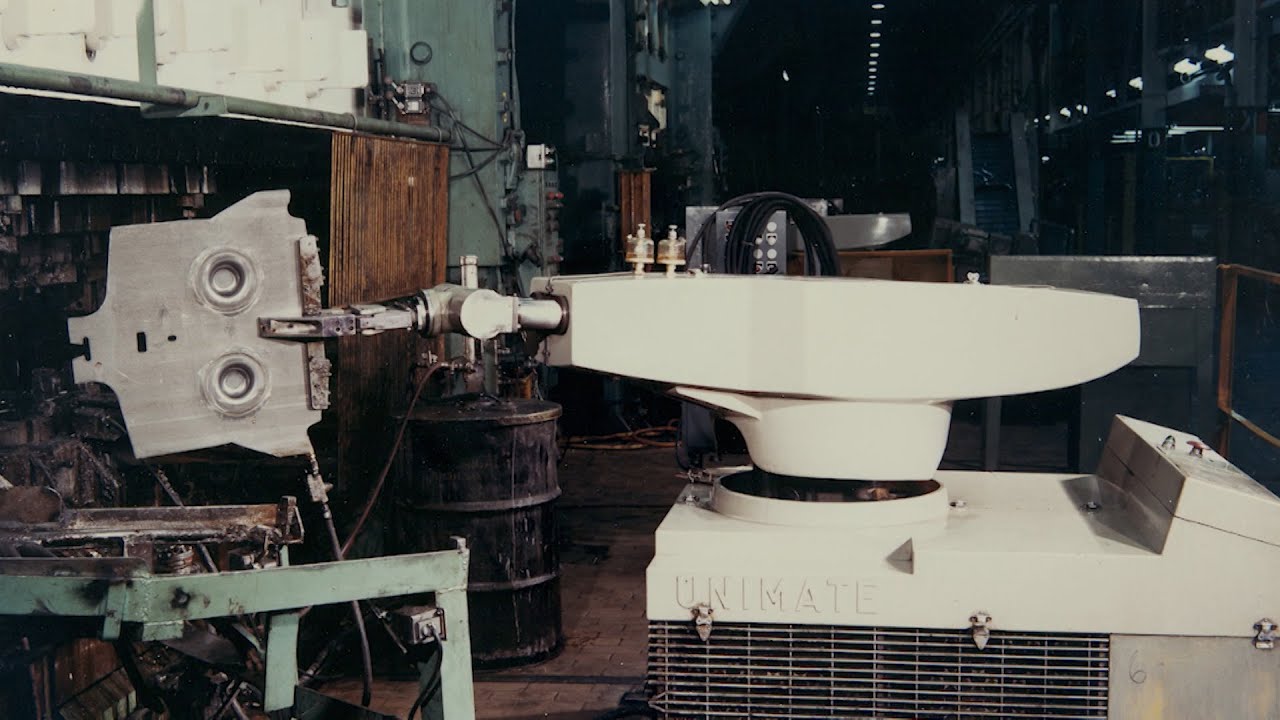
Joseph Engelberger is known as the "Father of Modern Robotics" even though he did not invent Unimate or any other robot. The credit for the invention belongs with George Devol, and Engelberger always supported Devol. What makes Engelberger special, however, is how he convinced people to support and trust robotics. From using Asimov's name of robot to touting Asimov's Three Laws of Robotics to putting the robot on a late night talk show, Engelberger knew that robotics is not just about hardware and software. Robotics is about connecting technology with people's hearts, minds, and souls. As we expand robotics today, we can never forget that we have to sell our inventions to the people. Because that's who we're building it for.